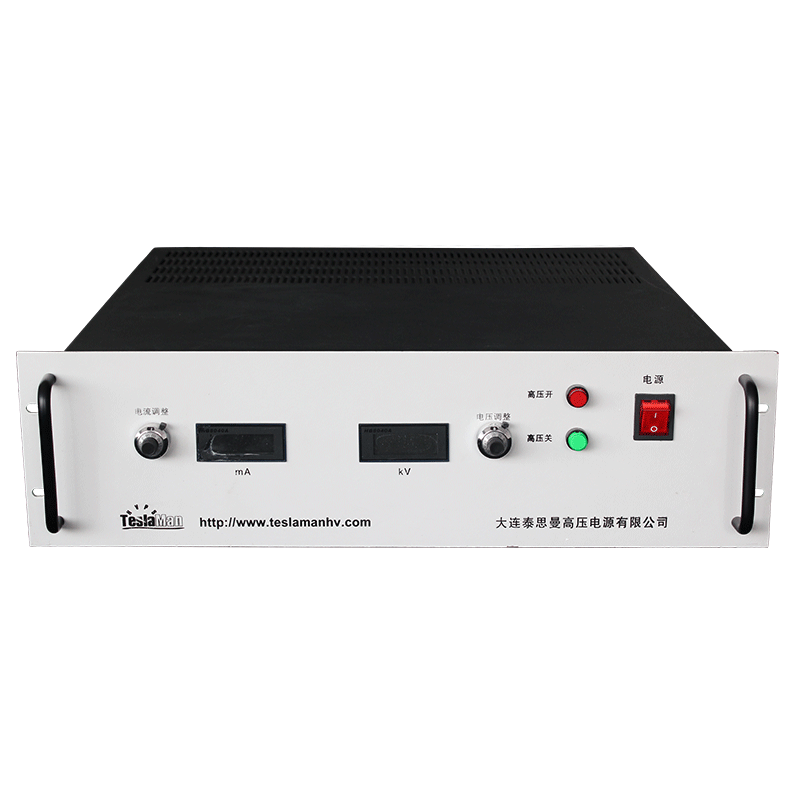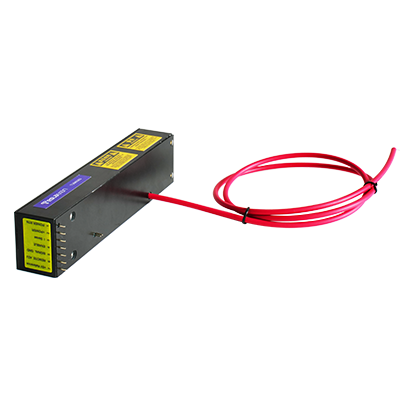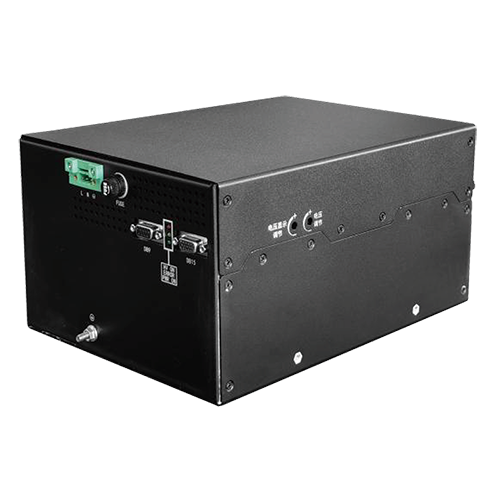Thermal Compensation and Compensation Sensitivity Analysis of High Voltage Power Supply
In high voltage power supply applications, thermal compensation is an important optimization technology that is used to eliminate the effects of thermal phenomena on voltage output. The need for thermal compensation in high voltage power supplies arises from the fact that the large power output generates thermal fluctuations within the device that can impact the electrical properties of the circuit elements and thus cause output voltage drift. Thermal compensation technology has been developed to address this issue by using intelligent circuits to detect temperature changes and adjust voltage output to maintain device performance and stability.
When optimizing thermal compensation in high voltage power supplies, it is important to identify the thermal effects on voltage output at each stage of the device. Based on the distinct thermal properties of each stage, we can design and implement appropriate thermal compensation measures. By assessing the thermal effects of each stage and implementing appropriate compensation, we can mitigate thermal fluctuations and improve device performance and reliability across varying thermal conditions.
In addition, when considering compensation sensitivity in high voltage power supplies, we need to focus on the sensitivity of compensation coefficients. Compensation coefficient sensitivity refers to the rate at which compensation voltage changes with temperature, and is one of the main indicators for measuring the compensation sensitivity of high voltage power supplies. In application, compensation coefficient sensitivity directly affects the compensation effectiveness and precision.
In conclusion, thermal compensation and compensation sensitivity analysis play a crucial role in power supply applications. By analyzing and optimizing thermal effects on equipment, we can improve device performance in varying thermal conditions and meet the demands of different industries, resulting in reliable and sustained operation of equipment.




















